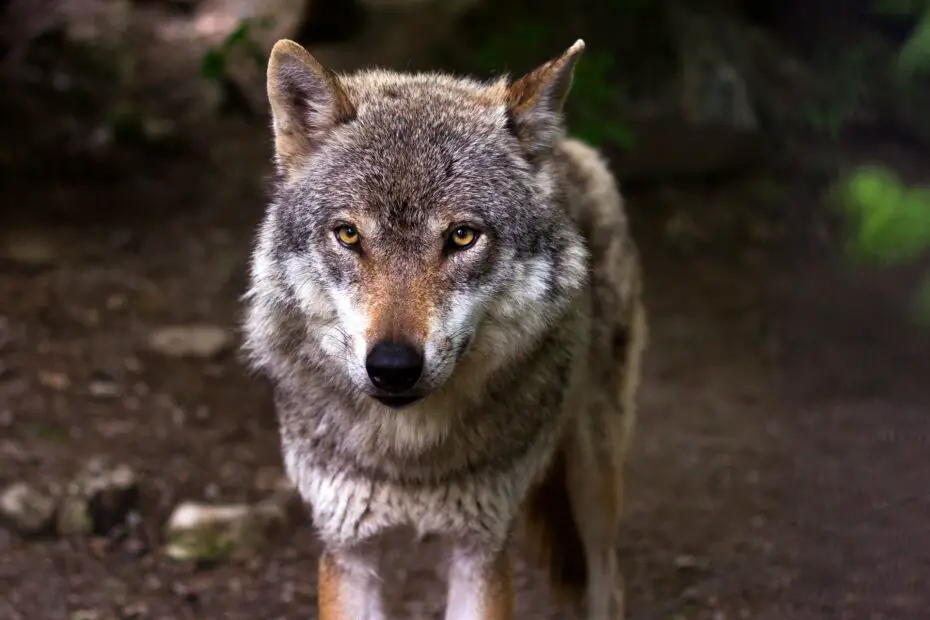Spain, with its diverse landscapes and rich biodiversity, is home to a remarkable array of wildlife. From soaring birds of prey to elusive predators and unique mammals, the country offers a haven for animal enthusiasts and nature lovers. In this article, we will explore the top eight animals of Spain, each representing a distinct facet of the country’s natural heritage.
You may also want to read about the top 8 apex predators.
Golden Eagle: The Majestic Bird of Prey
The Golden Eagle (Aquila chrysaetos) holds a significant place in Spain’s avian kingdom. With its impressive wingspan and powerful hunting abilities, this majestic bird commands attention. Found in various regions of Spain, including the Pyrenees and the Sierra Nevada, the Golden Eagle soars high in the sky, embodying strength and grace.
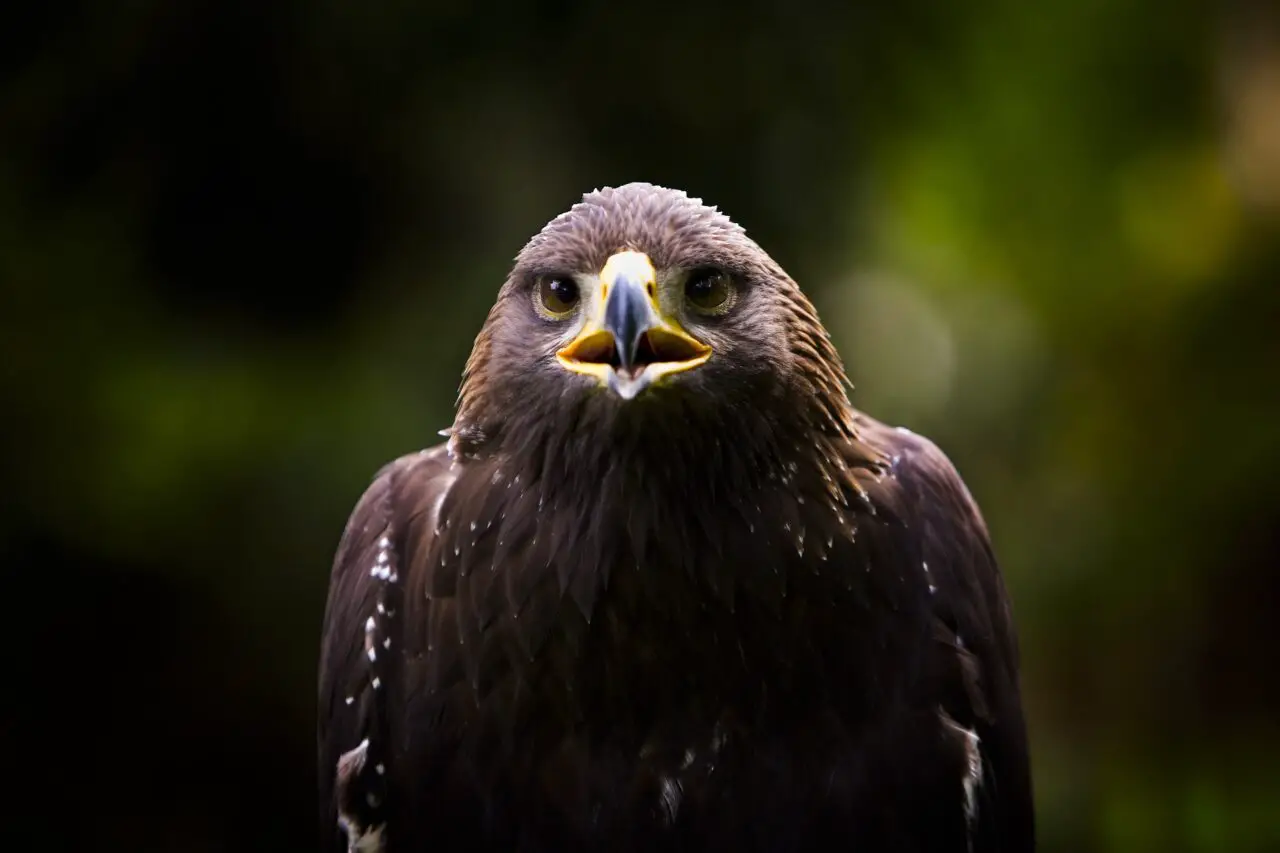
The Iberian Wolf: A Symbol of Wilderness
Few creatures symbolize the untamed wilderness quite like the Iberian Wolf (Canis lupus signatus). Roaming the rugged landscapes of Spain, this subspecies of the gray wolf possesses a strong cultural and ecological significance. Despite facing challenges such as habitat loss, conservation efforts have aimed to protect and preserve the Iberian Wolf’s presence in Spain’s ecosystems.
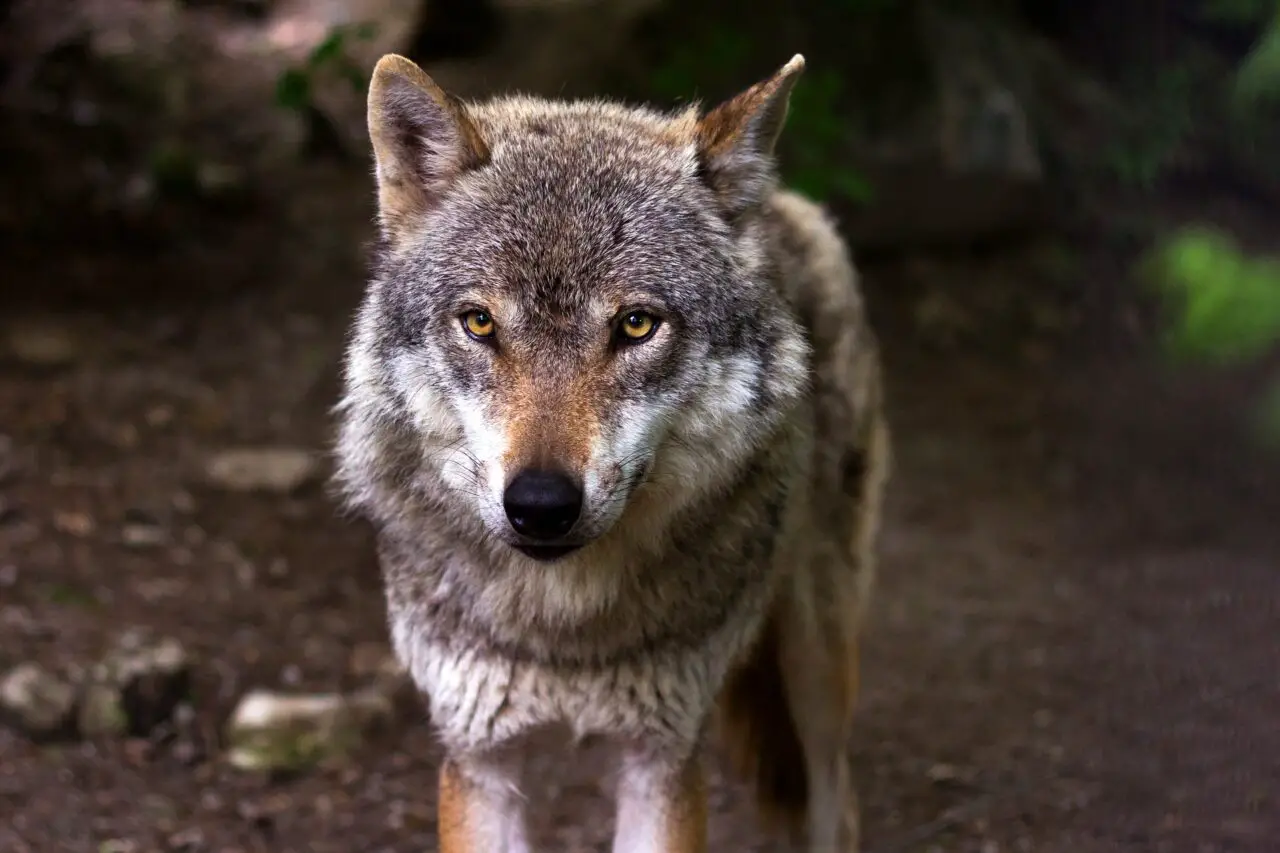
Spanish Ibex: A Hardy Mountain Dweller
The Spanish Ibex (Capra pyrenaica) is a remarkable mountain-dwelling species that inhabits the rocky slopes and cliffs of Spain’s mountainous regions. With their impressive horns and agile climbing skills, these sure-footed creatures navigate the treacherous terrain with ease. The Spanish Ibex serves as a testament to adaptability and resilience in the face of harsh conditions.
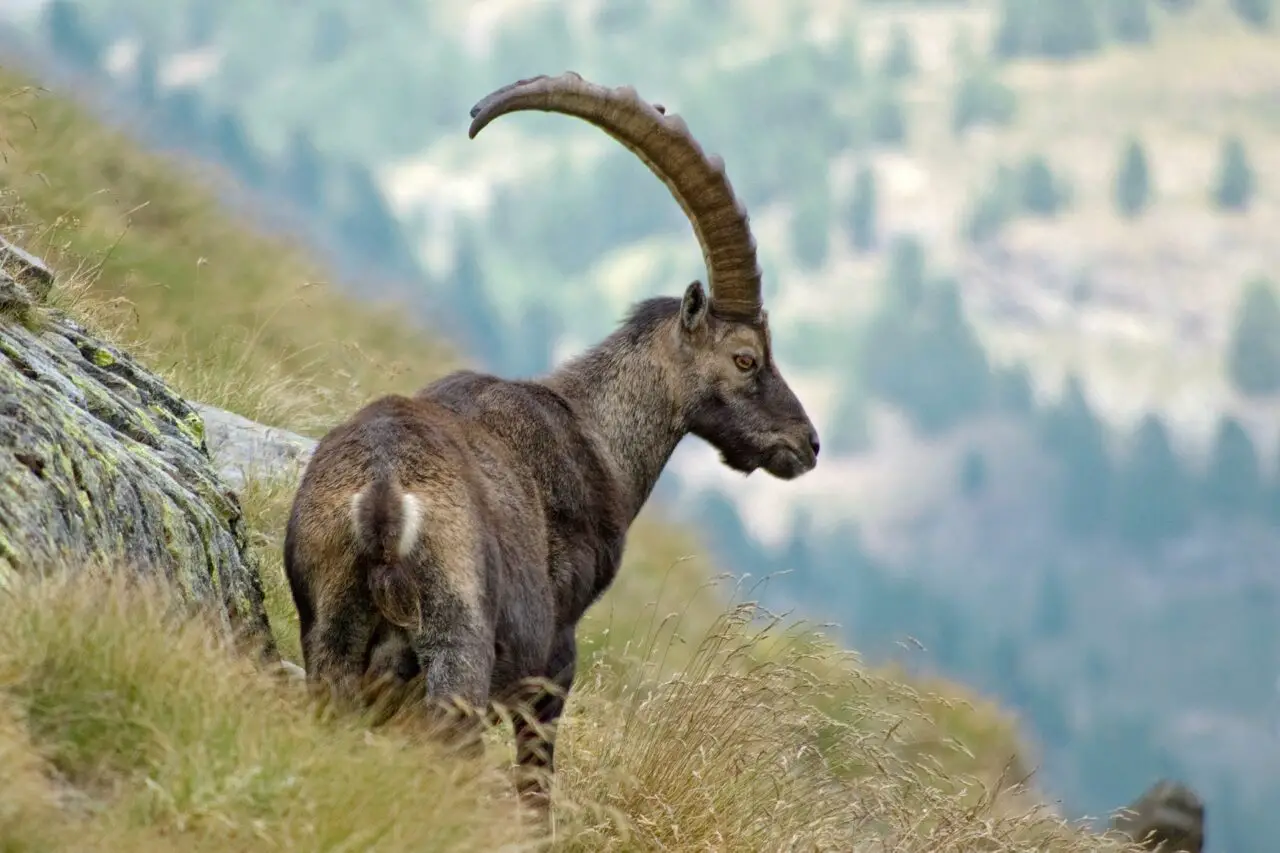
Cantabrian Brown Bear: Protecting Spain’s Wildlife
As one of Europe’s most threatened large carnivores, the Cantabrian Brown Bear (Ursus arctos) holds a special place in Spanish conservation efforts. Found mainly in the Cantabrian Mountains, these majestic creatures symbolize the importance of preserving natural habitats and coexistence between humans and wildlife. Dedicated initiatives aim to ensure the long-term survival of the Cantabrian Brown Bear population.
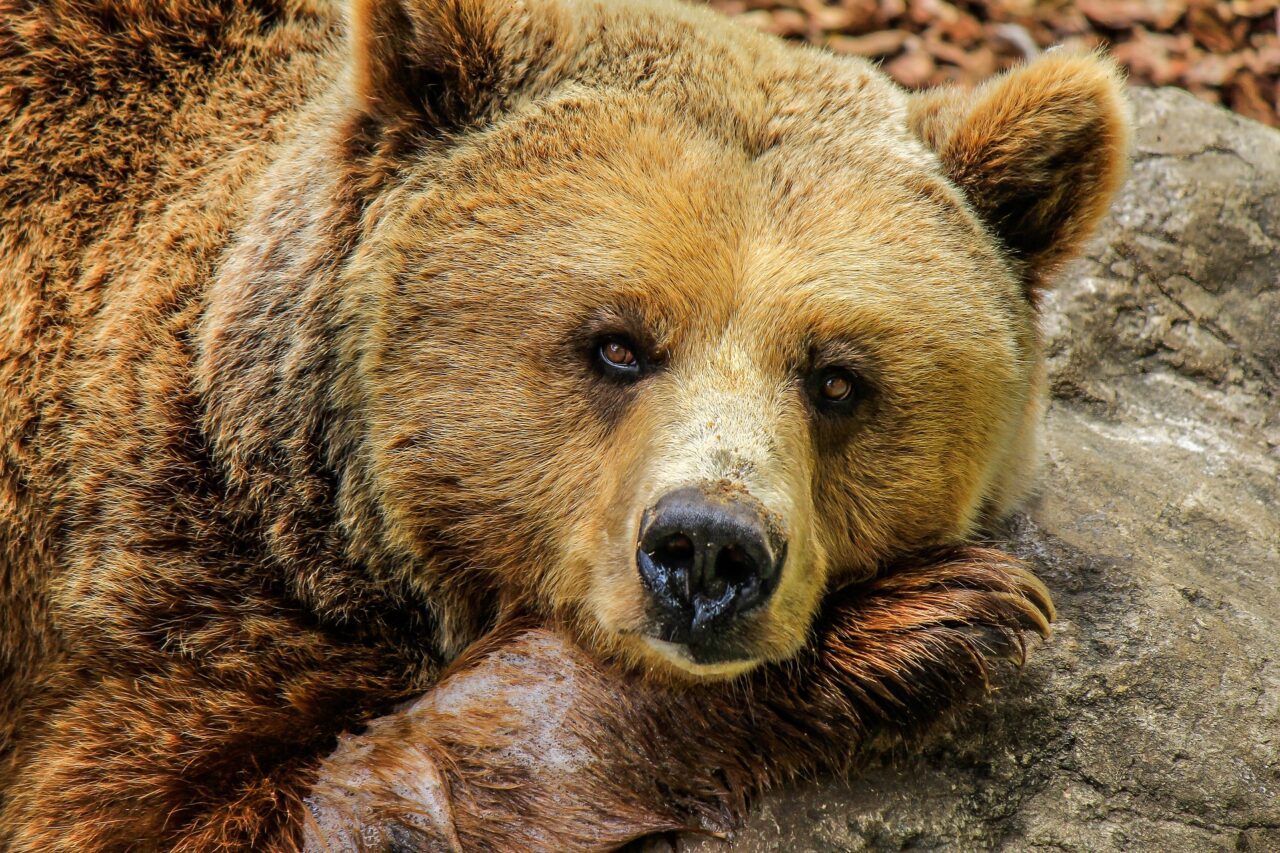
Iberian Lynx: The Rare and Endangered Feline
The Iberian Lynx (Lynx pardinus), once on the brink of extinction, showcases the importance of conservation actions in preserving endangered species. Endemic to the Iberian Peninsula, this elusive feline has made a remarkable recovery due to focused conservation efforts. By protecting its habitat and implementing captive breeding programs, Spain has played a crucial role in securing the future of the Iberian Lynx.
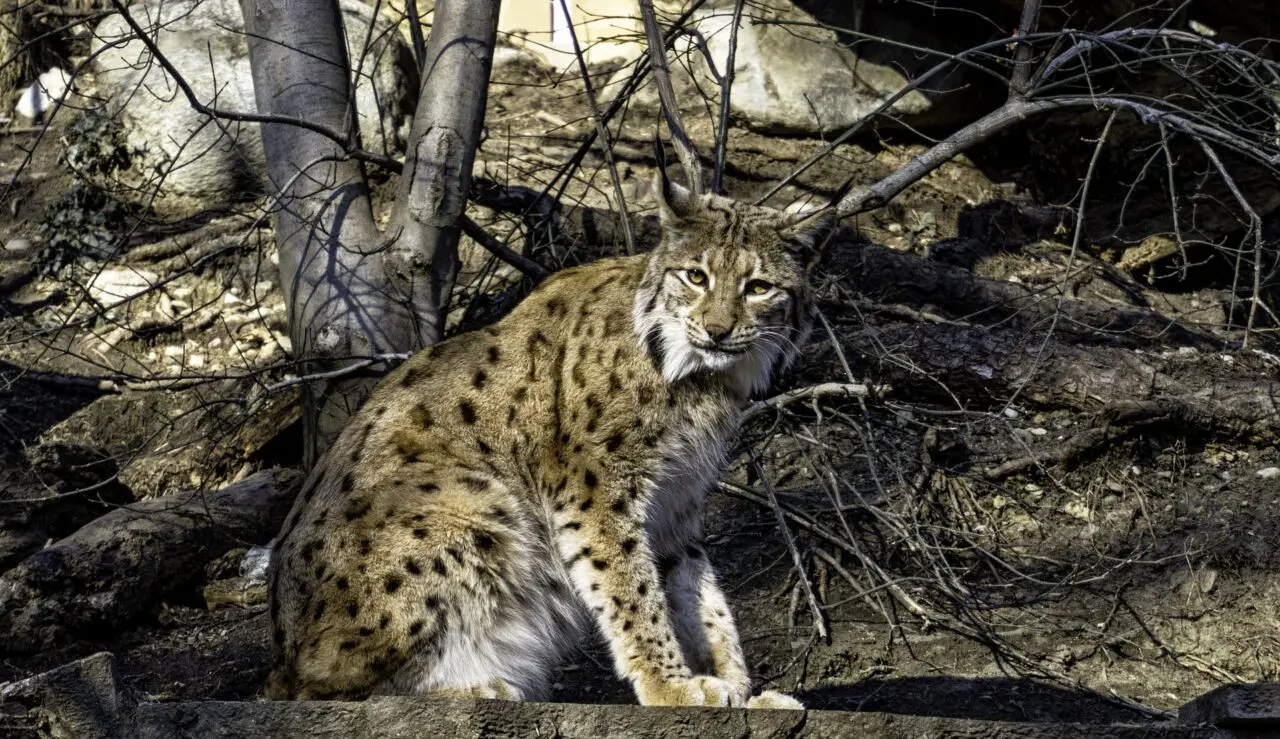
The Lammergeier: A Unique Vulture Species
The Lammergeier (Gypaetus barbatus), also known as the Bearded Vulture, is a captivating species that inhabits the rugged landscapes of the Pyrenees and other mountainous regions in Spain. Known for its distinctive appearance and feeding habits, this bird plays a vital ecological role as a scavenger and helps maintain a balanced ecosystem.
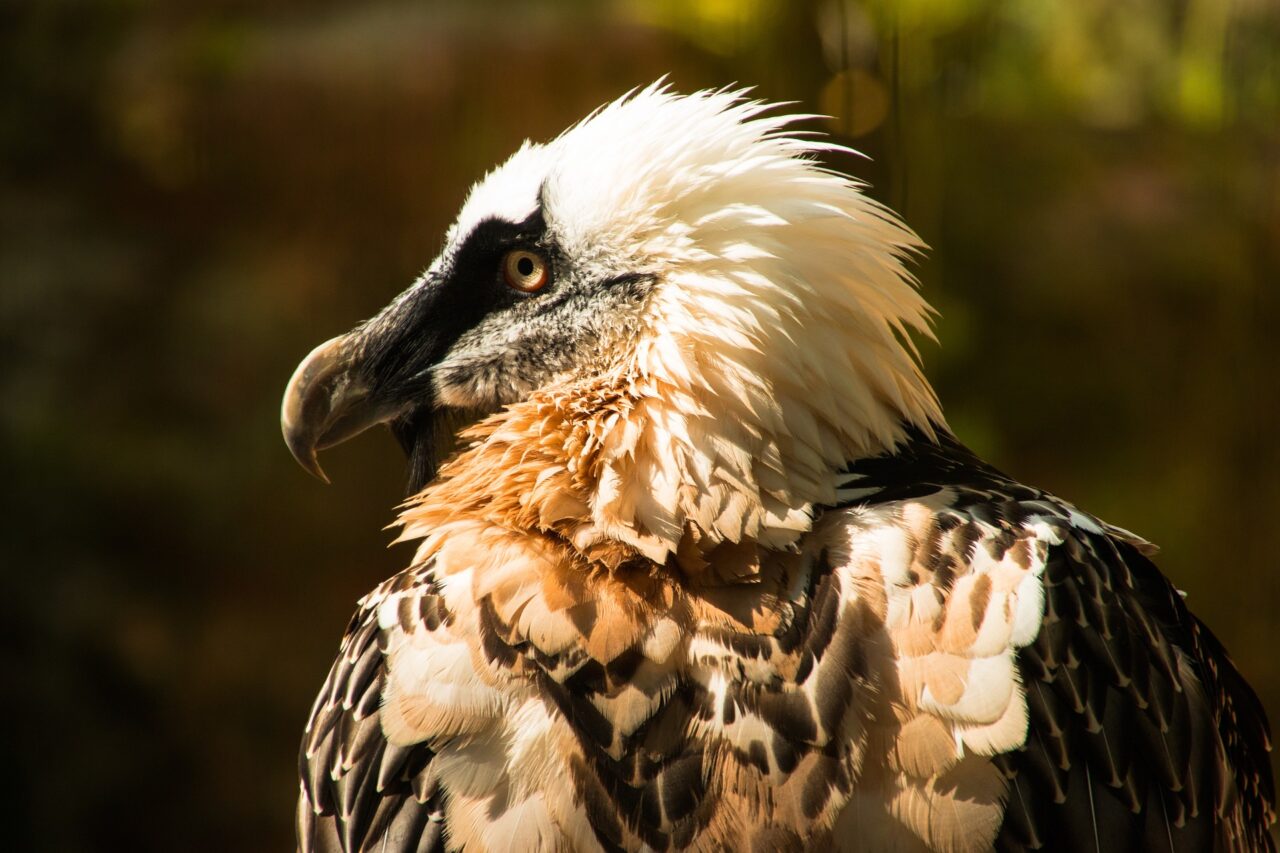
Eurasian Beaver: Nature’s Engineer
The Eurasian Beaver (Castor fiber), once extinct in Spain, has made a remarkable return. As a “nature’s engineer,” the Eurasian Beaver contributes to ecosystem dynamics through its ability to construct dams and alter water flow. Their presence has a positive impact on biodiversity and water quality, making them an essential species for Spain’s wetland habitats.
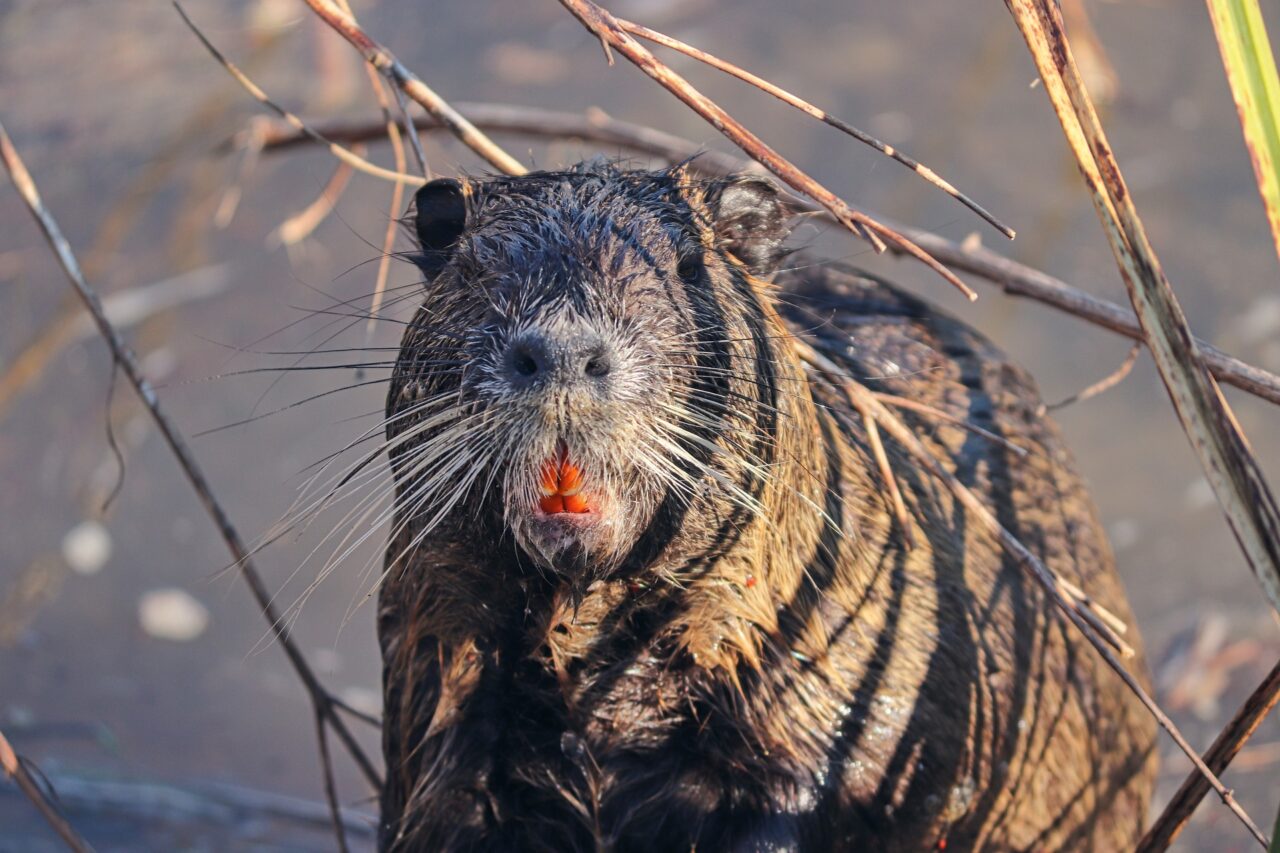
Red Squirrel: A Colorful Forest Resident
Among the charming inhabitants of Spain’s forests, the Red Squirrel (Sciurus vulgaris) stands out with its vibrant coat and playful nature. These agile climbers are found across various regions of Spain and play an important role in seed dispersal within forests. Despite facing competition from non-native squirrel species, conservation efforts aim to protect the Red Squirrel’s habitat and ensure its survival.
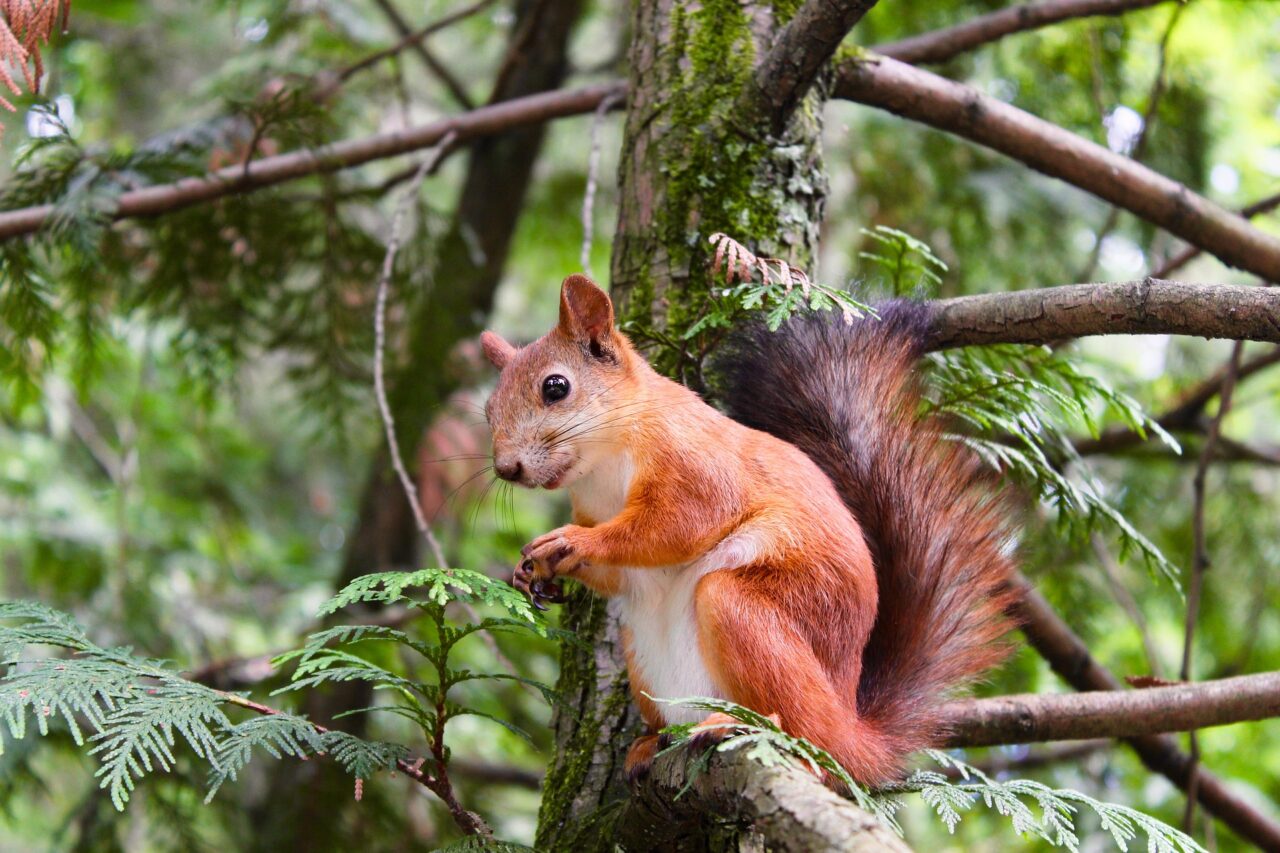
Conclusion
Spain’s diverse wildlife offers a glimpse into the country’s natural wonders and the importance of conservation efforts. From the majestic Golden Eagle to the elusive Iberian Lynx, each animal represents a unique aspect of Spain’s ecological heritage. By protecting and preserving these species and their habitats, Spain demonstrates its commitment to biodiversity conservation and the long-term sustainability of its natural treasures.
FAQs
- Are there any poisonous snakes in Spain? Fortunately, Spain is home to only two venomous snake species, the Montpellier Snake and the Lataste’s Viper. Both snakes are rare and usually avoid human contact.
- Do Spanish Ibex live in groups? Spanish Ibex usually live in small groups called herds, consisting of adult females and their young. During the breeding season, males may form temporary bachelor groups.
- How many Iberian Lynx are left in the wild? Thanks to conservation efforts, the population of Iberian Lynx has increased in recent years. As of the latest count, there are estimated to be over 800 individuals in the wild.
- Are Cantabrian Brown Bears dangerous to humans? While Cantabrian Brown Bears are large and powerful, they typically avoid contact with humans. They have a natural fear of people and prefer to retreat when encountering human presence.
- Why is the Lammergeier also called the Bearded Vulture? The Lammergeier gets its alternative name, Bearded Vulture, from the distinctive tuft of feathers around its beak, resembling a beard. This unique feature adds to its allure and makes it easily recognizable.
